Chanticleer gardener: Grant Hughes
An interview about working at Chanticleer Gardens in Wayne, PA
“Each horticulturist is in charge of maintaining, designing, cultivating, and sharing the story of the space they care for… it (also) isn't uncommon to see horticulturists of Chanticleer helping one another, which helps tighten the stitches of the highly diverse gardens into one, a pleasure garden…”
🌿 Grant Hughes, assistant horticulturalist at Chanticleer
Earlier this year I began a series on Chanticleer Garden in Wayne, PA, as an excellent example of a public garden that shines because it is cultivated by devoted gardeners. Chanticleer’s tagline is “a pleasure garden,” and this focus makes it unique among public gardens, but so does the way in which it is worked by its team of gardeners.
This week we are talking with assistant horticulturalist at Chanticleer, Grant Hughes, about what makes it so special.
Welcome, Grant!
Julie: Can you share a bit about yourself? Where are you from? How did you become a professional gardener?
Grant: I am from Glenwood, Iowa, which has some of the most stunning landscapes found in Iowa, thanks to its rolling views of the Loess Hills which is composed of wind-deposited silt along the Missouri River. This deep deposit of silt, allowed the majority of the mixed and tall grass prairie to escape the cultivation from agricultural crops found in the midwest. It wasn't until high school, that I realized the beauty and the importance of conserving our natural prairies in Iowa. This mindset of preserving natural beauty, and the plants that make up this highly diverse landscapes, are still things I carry with me to this day.
I am a trained professional Horticulturist, and most of my training is from internships, professional development, and education. I've gotten my bachelor's degree in Public Horticulture from Iowa State University. Go Cyclones!!
Nature and the art of growing plants is something that I give most of my thanks to my grandparents, they helped foster my love for the natural world. As a child, you would always find my head buried in my garden looking for ripe strawberries, harvesting the first cherry tomato of the season, or just admiring the flowers that I had grown from seed.

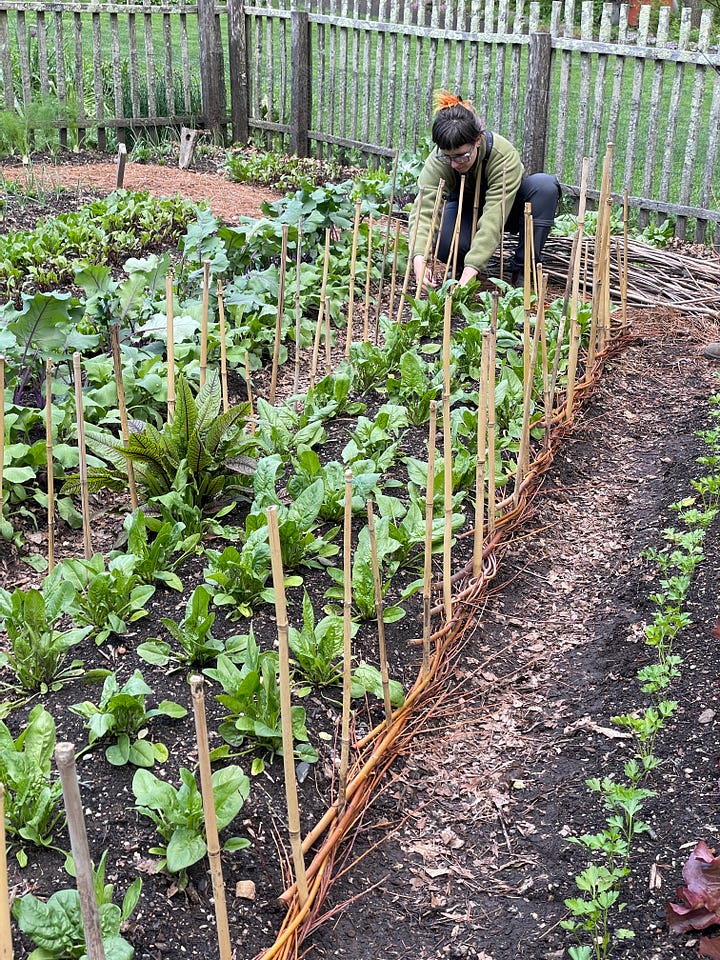
Julie: Tell us a little about your time in the UK?
Grant: I was selected as the Royal Horticulture Society and Garden Club of America Fellowship during the spring of 2020, due to COVID-19, I spent my first year in a two-year fellowship at Longwood Gardens, where I dialed in botanical collection management, plant records, and plant research.
In 2021, travel became much easier, but there were still restrictions placed in the United Kingdom, where I had completed my second year of the fellowship.
Early on in the fellowship, I focused on placements within the RHS organization, because travel restrictions were still set in place for the pandemic. I spent several months at RHS Wisley, Rosemoor, and Bridgewater, where I got myself very familiar with the world of British plants. As part of my fellowship, I was able to work with a team of professionals in the nursery industry, horticulturists, and well-known public figures in the gardening world, to evaluate several plant trials that were hosted within the various RHS gardens. This allowed me to become more familiar with evaluating plants for the home gardener, and what it takes for a plant to receive its Award of Garden Merit.
Later in my fellowship, I was able to expand to several other placements, such as The Royal Botanical Garden of Kew, the Royal Botanical Garden of Edinburgh, Eden Project, and Tresco Abbey Gardens, where I dove deep into Botanical Garden management, and preserving plant collections for the changing climate during the second year of the fellowship.

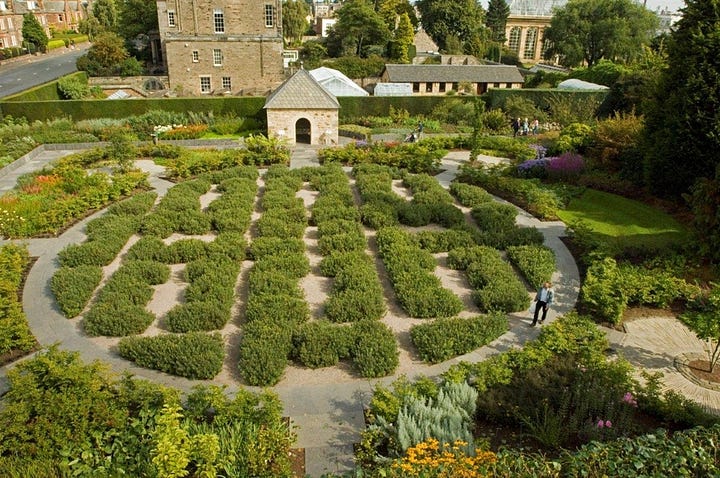
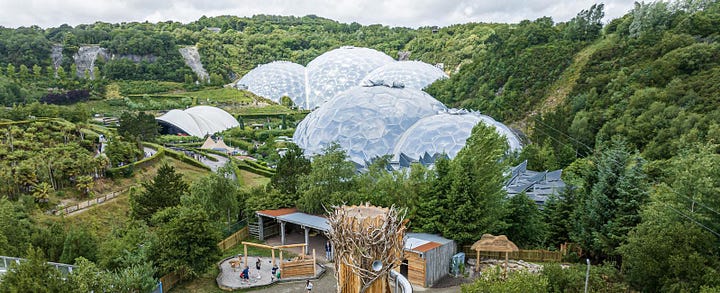
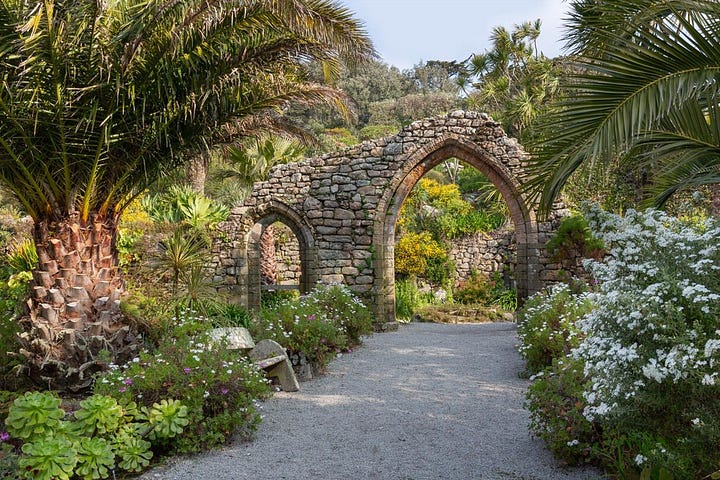
Julie: How long have you been at Chanticleer? Which garden areas do you work in?
Grant: I have been at Chanticleer since the spring of 2023, where I started with the class of five Janet and Adolph Rosengarten Chanticleer Interns.
Each intern gets a fully immersive experience in all areas of the gardens, from working alongside the grounds crew to working in the Cut Fower Garden with Emerus robustus (Fox-tail lily) towering over you, brushing out seeds Nassella tenuissima (Mexican feathergrass) in the Gravel Garden, floating in the ponds on a fishing boat to manage the Nelumbo 'Mrs. Perry D. Slocum', an extremely large double pink Lotus, planting delicate native PA wildflowers in the Wildflower slope along the Creek Garden, planting and working with the everchanging dynamic plantings of the Chanticleer Houses with tropical plantings, learning how to maintain the undulating Taxus hedge in the Tennis Court Garden, and harvesting hundreds and hundreds of sweet potatoes in the Serpentine Garden.
Now as an Assistant Horticulturist at Chanticleer Gardens, I tend after the greenhouses and cold frames, where I am responsible for growing and propagating plants and seedlings for the garden. In addition to assisting the horticulturist within their areas during larger projects.
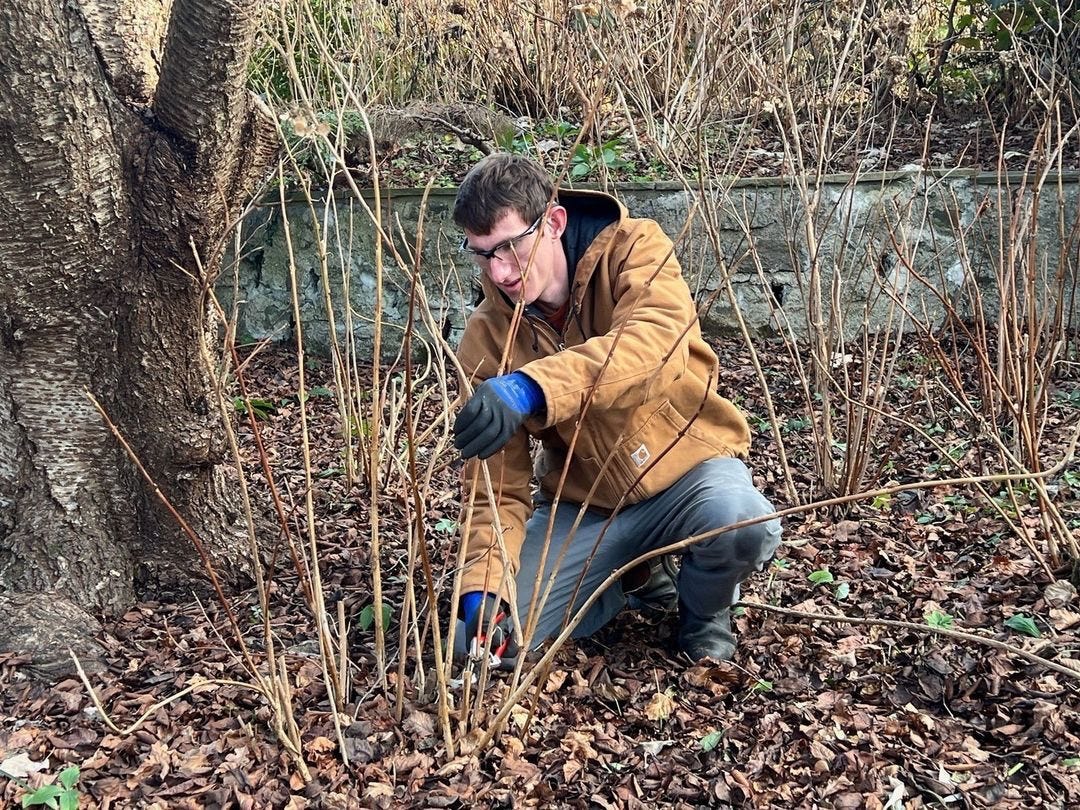
Julie: How does giving each team its own area to work on empower the gardeners at Chanticleer? How does working as smaller teams also foster the creative culture at Chanticleer as a whole?
Grant: When you visit Chanticleer Garden, you will notice that all the areas of the garden blend seamlessly into a beautiful pleasure garden. This is how the team of Horticulturists works, we all work together toward a common goal to create attractive and highly inspirational spaces.
However, what makes Chanticleer so special, is that each Horticulturist is in charge of maintaining, designing, cultivating, and sharing the story of the space they care for. Because we are all striving toward the same goal, it isn't uncommon to see horticulturists of Chanticleer helping one another, which helps tighten the stitches of the highly diverse gardens into one, A Pleasure Garden, allowing such a seamless experience strolling through the gardens where one could find oneself, listening to the hum of pollinators, the feeling of cool grass under your feet, and sitting down on a bench, to enjoying the shade of large trees, or hearing the sound of the water flowing along the creek.
A fun fact: Most, if not all, of the benches, furniture, and railings, are built and created by a talented team of woodworkers and metalworkers on the team.
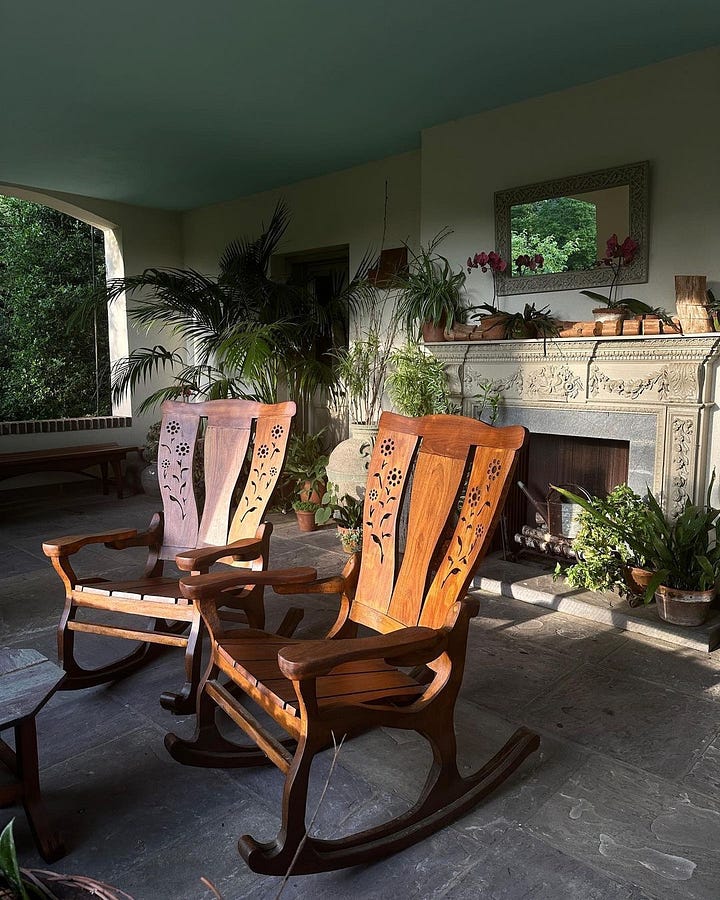
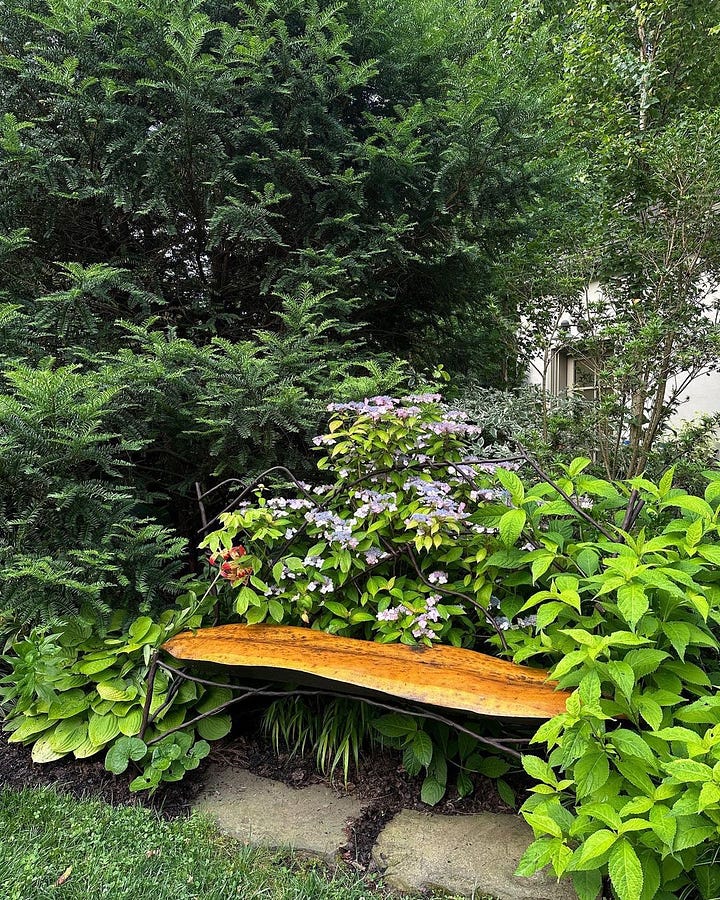
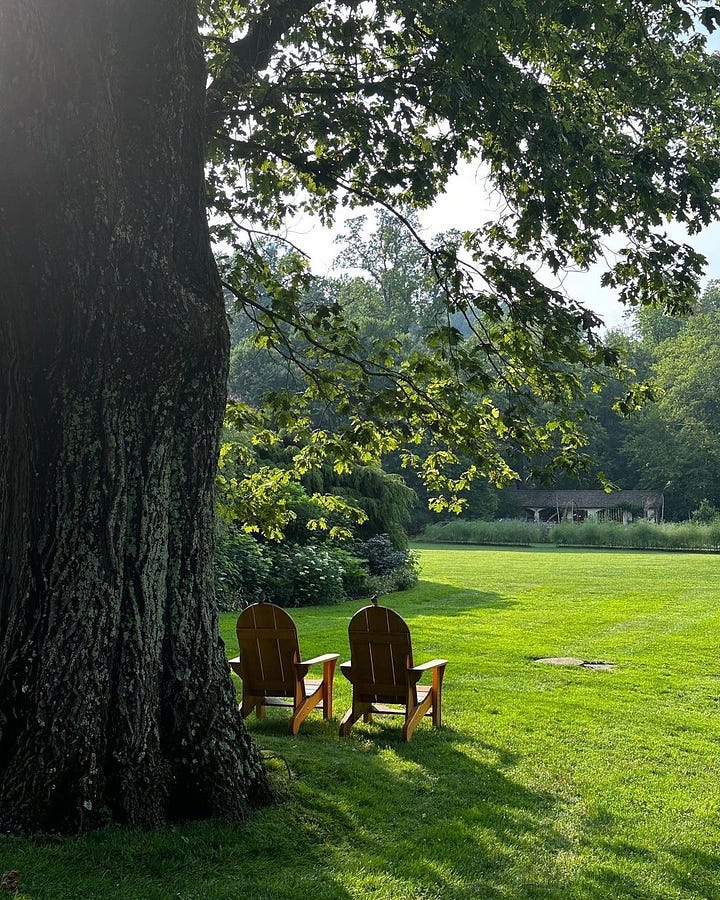
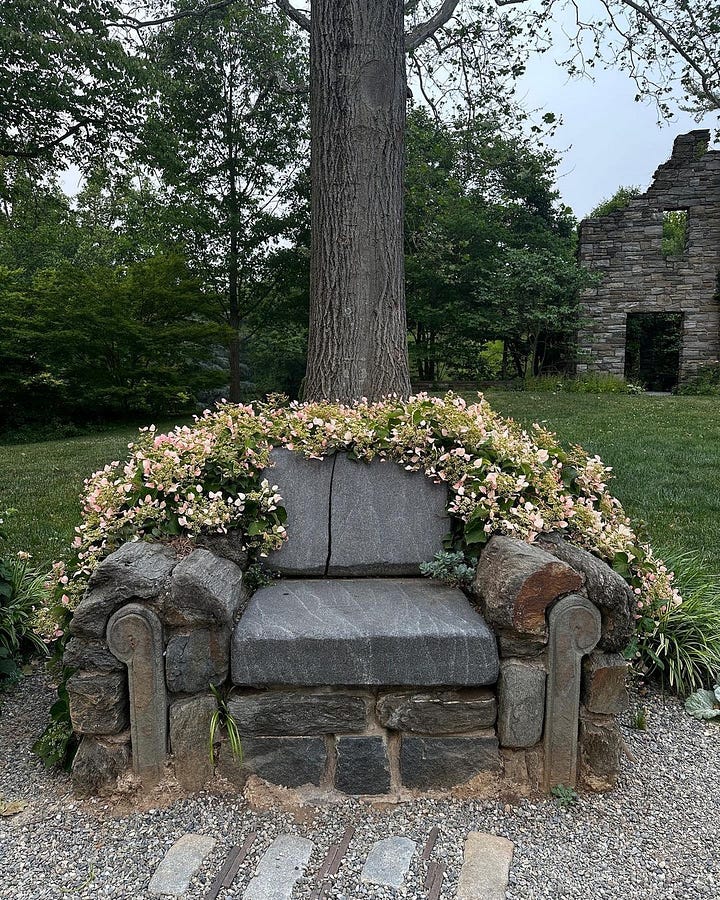
Julie: What is one planting that you have particularly enjoyed this year at Chanticleer?
Grant: The one planting that I've been so excited to see evolve from this spring to summer is naturally the Cutting Garden and the Vegetable Garden. Most of the seedlings that are grown get planted in these areas. I always find it exciting to watch the seedlings germinate in the greenhouses, get hardened off in the cold frames, and then be planted in the gardens. Recently, it brought me so much joy to see all the flowers being used in bouquets and the floating flowers, and seeing the weekly harvest from the vegetable garden being donated to a local food shelter. Currently, we are starting the cycle again for the cool season crops, and later succession plantings of flowers for the cutting garden.
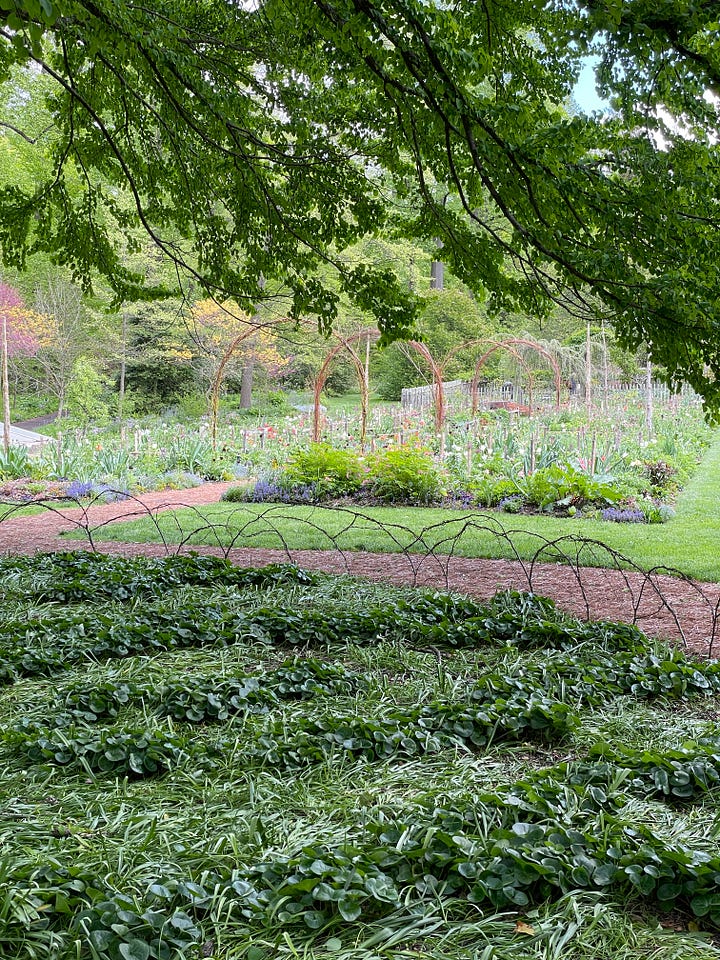

Julie: Where can we learn more about you?
Grant: You can find out more about me on the Royal Horticultural Society and the Garden Club of America Interchange Fellowship page, where I've documented my time in England as a fellow: Grant Hughes RHS/GCA REPORT

“When you visit Chanticleer Garden, you will notice that all the areas of the garden blend seamlessly into a beautiful pleasure garden. This is how the team of Horticulturists works, we all work together toward a common goal to create attractive and highly inspirational spaces…”
🌿 Grant Hughes, assistant horticulturalist at Chanticleer
Thanks, Grant!
You can also find Grant on Instagram as Botanical Grant
What strikes you about Grant’s work at Chanticleer?
What do you think makes it a different sort of public garden?
Love to hear!
Related posts:
You may also enjoy these books about Chanticleer:
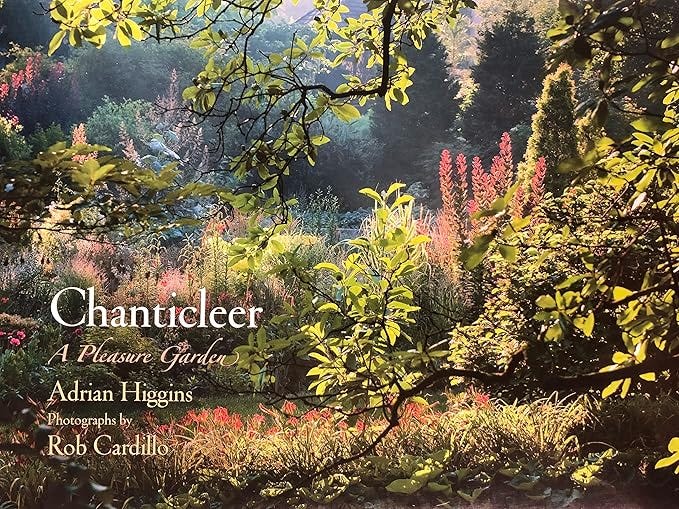
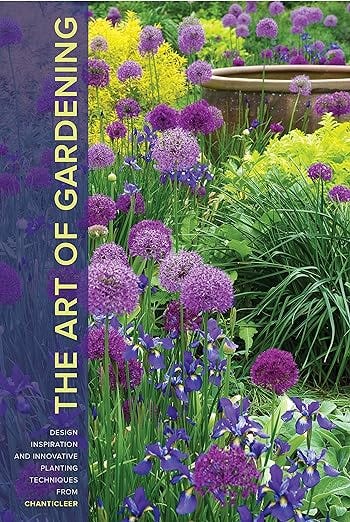
*Amazon Affiliate links are included in this newsletter. I make a few cents per recommendation—each of which I hope will be helpful to you! Note: I also include many links which are not affiliates to other sites for research and photo credit purposes.





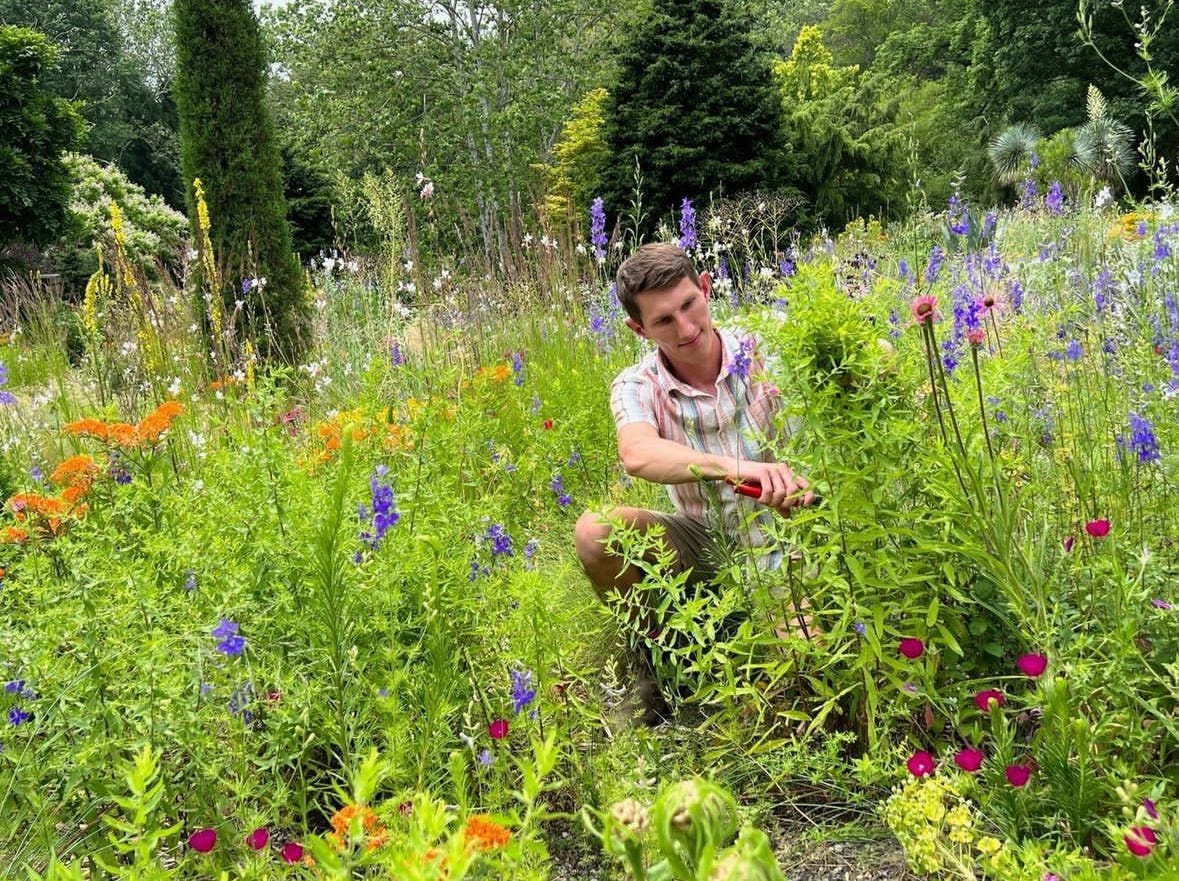


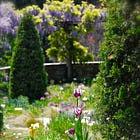

I have visited Chanticleer once and have since looked forward to when can I get back, it was such a wonderful experience. I learned so much, practical ideas like using bamboo as fencing border, using smaller wire within the fenced vegetable garden to keep away critters, topping off trees rather than fully removing. Those are helpful things but the visual beauty of the place was indescribable. I bought the book the art of Chanticleer and I get to go there in my mind until I can go back in person.
WOW! I agree wholeheartedly with your comment Julie that it is more European. His enthusiasm and commitment to his vocation and the garden simply bounces out of his answers. The furniture made me happy - places to stop and sit are vital to immerse yourself, to feel it all around you. Do the gardens merge into each other, like rooms or is it a different approach?